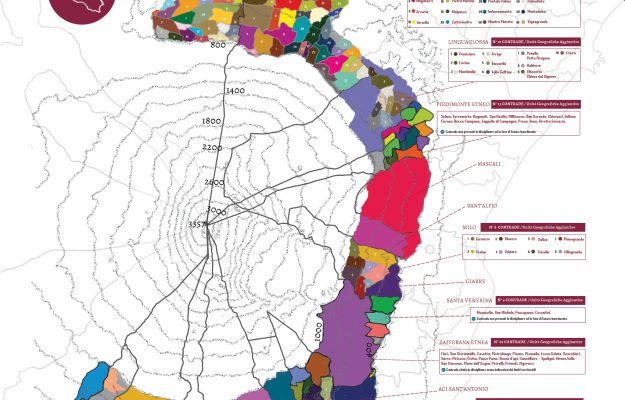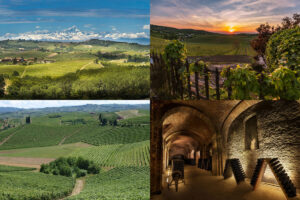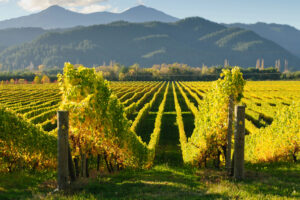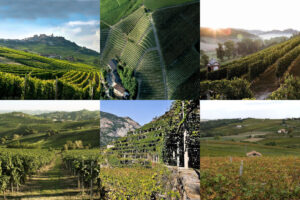It was a long and meticulous job to complete The Map of the Contradas of Etna, which clearly and precisely defines and identifies the 133 Contradas in the Etna production area has been completed. It was a long and meticulous job carried out by the Consorzio Tutela Vini Etna (consortium for the protection of Etna wines), and executed thanks to the contribution of the Department of Agriculture of the Sicilian Region. The map now provides the possibility of photographing the Etna territory through the multifaceted mosaic of the Contradas that surround the wine-growing area at the foot of the volcano, from north to south. Zoning was the next step forward to improving quality in this territory that is now at the top of Italian and world viticulture, and where more than 130 wineries are now making the most of the 1.300 hectares of vineyards of Nerello Mascalese and Carricante, from North-East to South-West, on the different slopes as well as the amphitheater that uninterrupted, ranges from 400-500 meters up to 1.000 meters in altitude.
Up until now, identifying the districts was based on interpreting the old land registry maps that had never updated contour lines and territorial limits, which no longer exist. This was partially due to the volcano on Mount Etna’s continual eruptions. The new map has been created starting from recent land surveys, which were then superimposed on cartographic layers built through multiple surveys using GIS - Geographic Information System instruments. Production regulations of Etna DOC, founded in 1968 and the oldest in Sicily, since 2011 has acknowledged within its area, which extends over the territory of 20 municipalities, 133 districts, legally equivalent to Additional Geographic Units (UGA). During the lengthy surveying work that was conducted on the territory, updating borders has led to identifying 9 new districts, thanks to the collaboration from wine producers, which will be officially included in the next production specifications update. The new Map of the Contradas also takes into consideration these newly found districts, thereby reaching a total of 142 Contradas, divided into 11 municipalities in the territory, and that is: 25 districts in Randazzo, 41 in Castiglione di Sicilia, 10 in Linguaglossa, 13 in Piedimonte Etneo, 8 in Milo, 4 in Santa Venerina, 20 in Zafferana Etnea, 9 in Trecastagni, 6 in Viagrande, 1 in Santa Maria di Licodia, and 5 districts in Biancavilla.
“This has been a labor-intensive job that has finally been completed, and which represents just the first step in an even more complex project about studying the Etna area”, Francesco Cambria, president of the Consortium for the Protection of Etna Wines, commented. “There had never been a study of this type before. The goal is to definitively clarify the exact boundaries of the 133 Contradas of Etna within the production specification, and to identify the new ones that will be officially introduced in the next few months. Mount Etna preserves an extraordinary biodiversity, expressed not only in the various slopes of the volcano where our viticulture is, but also in the many Contradas starting from the different stratifications of the lava flows, and exposure of the vineyards. All of these factors make each Contrada almost unique within the Etna area, giving different nuances to its wines”.
“This is just the first map, on a smaller scale, which will be updated further, to enhance territorial differences ever more precisely”, Maurizio Lunetta, CEO of the Consortium for the Protection of Etna Wines, added. “This is the first step to be able to learn more about the characteristics of the individual Contradas and to go even deeper in detecting the differences within the denomination”. This final step will be made possible through future zoning work that the Consortium is preparing together with the University of Catania and the University of Milan-Bicocca. “Our latest project will allow us to interpret all the variables within the Contradas in detail, based on the differences in soils, altitudes, and microclimates”.
Copyright © 2000/2025
Contatti: info@winenews.it
Seguici anche su Twitter: @WineNewsIt
Seguici anche su Facebook: @winenewsit
Questo articolo è tratto dall'archivio di WineNews - Tutti i diritti riservati - Copyright © 2000/2025








































































































































































































